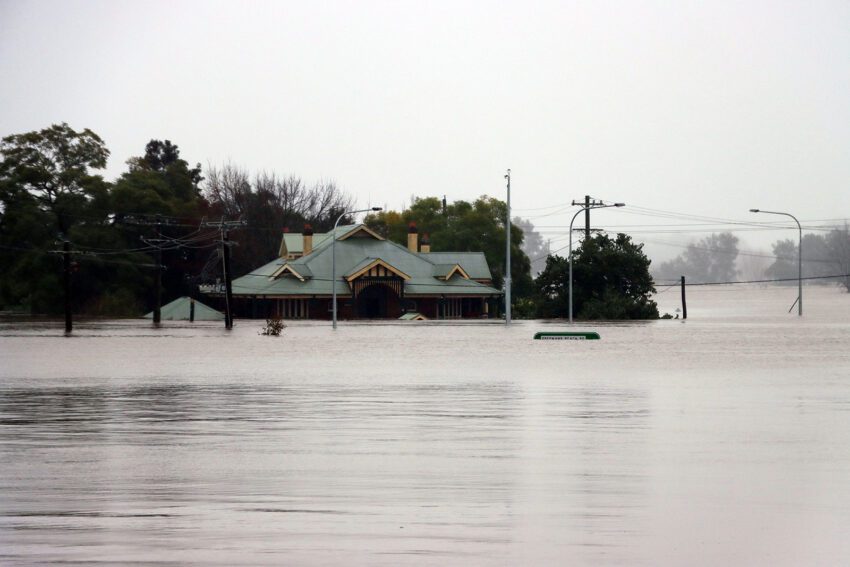Flooding is one of the most significant problems that affect buildings all over the world. Even architectural treasures are often plagued by flooding issues from time to time. For instance, approximately one-third of the continental U.S. land mass is prone to flooding during spring, especially in the Upper Midwest, Deep South, and the Northern Plains.
While the architectural design can’t sufficiently protect against major floods, it is necessary to invest in proper stormwater management to prevent property damage and speed up recovery. As climate change worsens, floodproofing architectural designs are becoming more and more important in mitigating damage. That said, here are a few tips to help you build a flood-resilient house:
1. Dry Floodproofing
If you can’t prevent flood waters from reaching the walls of your home, you should consider making them watertight. That’s where dry floodproofing comes in to prevent stormwater from getting into your house. You can build your house using dry floodproofing products, such as sealants, waterproof veneers, and coatings, to prevent flood waters from reaching your house interior.
Waterproof veneer comprises a brick layer backed up with a waterproof membrane that helps seal off the exterior walls from flood water. Apply sealants and coatings to the walls, foundation, doorways, and windows to prevent flood water from entering your home. You should also consider raising or sealing air bricks and utility entry points to keep the water out of your house.
2. Install Foundation Vents or a Sump Pump


Instead of preventing flood water from entering your home, an alternative approach is to allow it in but reduce the damage it can do as much as possible. You can accomplish that by wet flood-proofing your house. One effective way to implement a wet floodproofing design is by installing foundation vents. Foundation vents are designed to allow flood waters to flow through your home rather than pooling around.
While this solution may potentially damage your property’s interior, it’s quite beneficial as it acts as a floodwater outlet. This helps ease the destructive force of flood waters that could weaken your home’s walls. You can also significantly limit the damage by utilizing flood damage-resistant components in your subgrade basement. Alternatively, consider using a sump pump to pump out water from your basement if flooding occurs regularly. It should have a backup battery to continue working even when grid power goes out.
3. Install Permanent Barriers and Sewer Backflow Valves
You can prevent flood waters from reaching your home by erecting a permanent barrier around it. Flood barriers should be made of concrete or a levee of compressed soil with a waterproof core. Besides constructing permanent barriers, consider installing sewer backflow valves to prevent sewage systems from flooding back into your home. This issue is common in flood-prone regions and can be difficult to repair while exposing you and your family to unhealthy conditions. Consider installing gate valves rather than flap valves since they are better suited to resist flood pressure.
Endnote
While there are numerous flood prevention strategies that you can incorporate into your home design, of greater importance is to build upon each technique outlined above incrementally. To effectively manage the costs associated with making your home flood-resistant, you might consider using contractors estimating software. This will not only help you stay within budget but also allow for better planning and execution of flood-resistant measures. The extra costs incurred towards making your home flood-proof will go a long way in ensuring your family’s safety and protecting your property and valuables from water damage.



Useful post! I really need this type of article.. this is very useful for me.